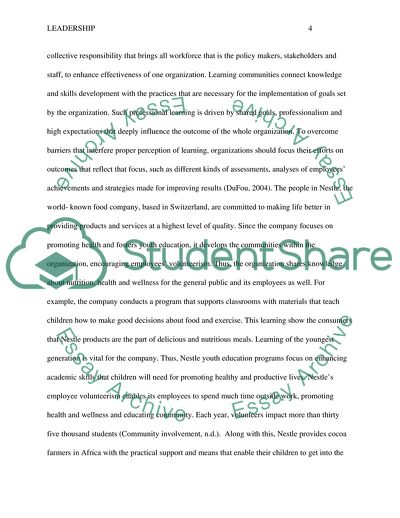Cite this document
(The Characteristics of Professional Learning Essay Example | Topics and Well Written Essays - 2500 words - 6, n.d.)
The Characteristics of Professional Learning Essay Example | Topics and Well Written Essays - 2500 words - 6. https://studentshare.org/management/1841677-leadership
The Characteristics of Professional Learning Essay Example | Topics and Well Written Essays - 2500 words - 6. https://studentshare.org/management/1841677-leadership
(The Characteristics of Professional Learning Essay Example | Topics and Well Written Essays - 2500 Words - 6)
The Characteristics of Professional Learning Essay Example | Topics and Well Written Essays - 2500 Words - 6. https://studentshare.org/management/1841677-leadership.
The Characteristics of Professional Learning Essay Example | Topics and Well Written Essays - 2500 Words - 6. https://studentshare.org/management/1841677-leadership.
“The Characteristics of Professional Learning Essay Example | Topics and Well Written Essays - 2500 Words - 6”. https://studentshare.org/management/1841677-leadership.


